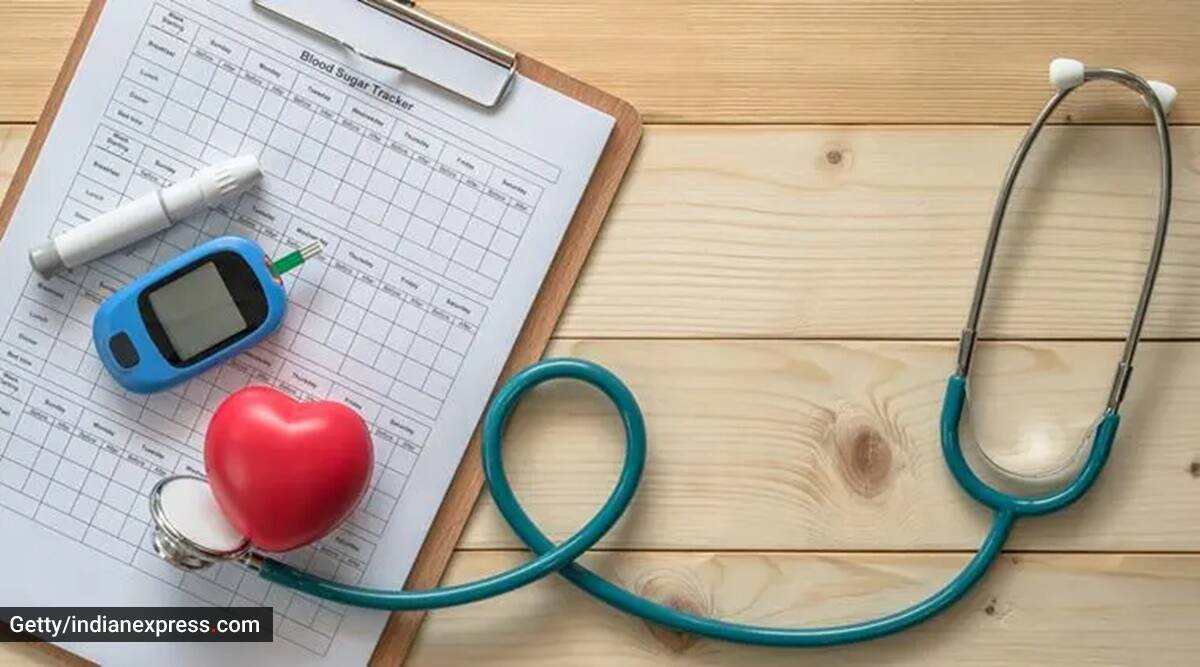Diabetes and silent heart attacks: Understanding the link
13 September, 2022

In the wake of deaths due to sudden heart attacks and cardiac arrests, experts call for increased awareness about heart health, especially for people with co-morbidities like diabetes. This is because, they may be susceptible to silent heart attacks, experts point out. Diabetes is a condition that causes high blood glucose levels owing to the body’s inability to either produce insulin or use it sufficiently to regulate glucose. “Those with diabetes can show signs such as increased thirst and urination, increased hunger, unexpected weight changes, persistent sores, numbness or tingling in the hands or feet, tiredness, and even blurry vision,” said Dr Niranjan Nayak, consultant pathologist, Apollo Diagnostics.
What are silent heart attacks?
A silent heart attack is one that occurs without any symptoms, or with unrecognised symptoms. A person may not know they had a heart attack until they receive a diagnosis after weeks or months, according to Medical News Today. In fact, according to the American Heart Association (AHA), silent heart attacks account for around 1,70,000 of the estimated 8,05,000 annual heart attacks.
What is the link with diabetes?
It has been estimated that as high as 50 to 60 per cent of diabetics do develop heart diseases, said Dr Ruchit Shah, interventional cardiologist, Masina Hospital, Mumbai, adding that a diabetic with high blood sugar is likely to develop blocks.
“Blocks mean slow obstructions in the blood flow of the coronary arteries, the brain arteries, and the kidneys. This entire continuum of diabetes causing obstruction to blood flow into the vessels of the entire body is called ‘atherosclerotic cardiovascular diseases’. These usually present together and include diabetes, high blood pressure, heart disease, stroke, kidney diseases, peripheral vascular diseases, and retina problems of the eye,” he elucidated.
Agreed Dr Amit Bhushan Sharma, director and unit head- interventional cardiology, Paras Hospitals, Gurugram and said that over time, high blood sugar level can damage blood vessels and the nerves that control the heart. “High blood pressure increases the force of blood through arteries and can damage artery walls,” Dr Sharma told indianexpress.com.
Sharing that the usual time of presentation (atypical symptoms of heart attack) is usually at least five to 10 years after diagnosis of the patient of type 2 diabetes, Dr Shah said: “Diabetic patients experience a slow death of the nerve endings, which cause pain. As a result, diabetics who develop heart attacks may not present with typical symptoms of chest pain. Instead they may present with symptoms of fatigue, tired, breathlessness, feeling of lethargy, sweating, giddiness loss of consciousness, jobbing, and back pain, etc. So, these are the atypical presentations of a heart attack.”
According to the AHA researches, females living with diabetes have an increased risk of having a silent heart attack. But a research from 2021 suggested that the number of incidents of silent heart attack “is higher among males than females”. The study went on to observe that females may be at a higher risk of complications than males.
According to the AHA researches, females living with diabetes have an increased risk of having a silent heart attack. But a research from 2021 suggested that the number of incidents of silent heart attack “is higher among males than females”. The study went on to observe that females may be at a higher risk of complications than males.
Because such attacks go unnoticed, they often go untreated as well. “So, most diabetes patients present late. As a result, their cases are more complicated,” Dr Shah noted. “They end up having multiple blocks, multi‑vessel disease and also have a low ejection fraction (low pumping function of the heart). This entire continuum of diabetics developing silent heart attack with multiple blocks, and low ejection fraction causes a poor prognosis and a poor long‑term outcome. Most of these patients would be subjected to multi‑vessel angioplasty or open-heart bypass surgery,” said Dr Shah.
Source: indianexpress.com
TAG(s):
